adding compost to window boxes?
canadianprairiegirl
13 years ago
Related Stories

GARDENING GUIDESGet on a Composting Kick (Hello, Free Fertilizer!)
Quit shelling out for pricey substitutes that aren’t even as good. Here’s how to give your soil the best while lightening your trash load
Full Story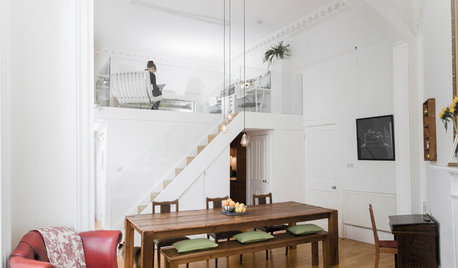
HOMES AROUND THE WORLDHouzz Tour: In Edinburgh, Adding a Bedroom Without Adding On
Creating a mezzanine, or loft level, gives this Scottish apartment extra sleeping quarters and a study
Full Story
MOST POPULARWhat to Know About Adding a Deck
Want to increase your living space outside? Learn the requirements, costs and other considerations for building a deck
Full Story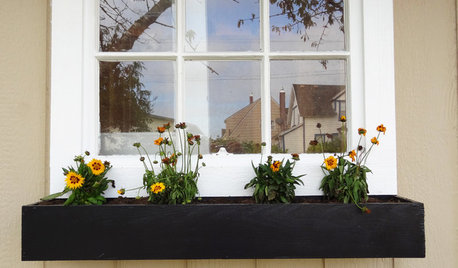
GARDENING GUIDESBuild a Modern Window Planter Box
This simply designed, easy-to-construct and inexpensive DIY window box can give your home or shed just the right touch of color
Full Story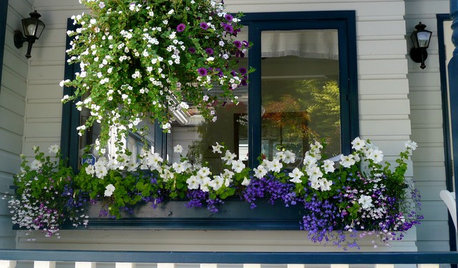
GARDENING GUIDESWindow Boxes Captivate on the Curb
For home appeal that reaches to the street, dress up your windows with boxes brimming with blossoms, vines or the freshest foliage
Full Story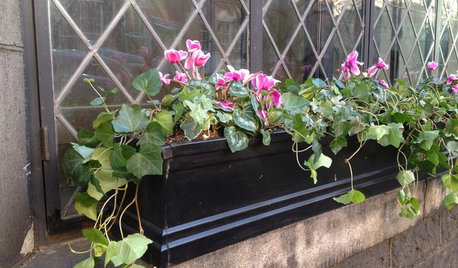
WINTER GARDENINGCity Gardener: Fun With Winter Window Boxes
Winter's chill and a lack of yardage don't need to deter you from bedecking your windows with eye-catching arrangements like these
Full Story0
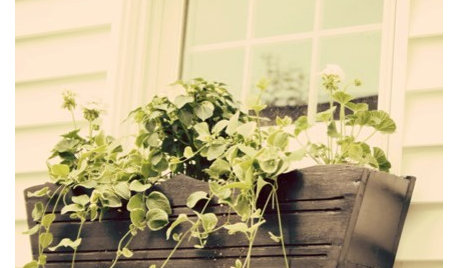
Handmade Home: Build a Simple Flower Box
Inexpensive wood, a few tools and a little handiwork can yield a fresh look for your windows
Full Story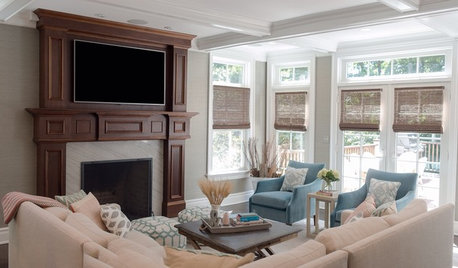
DECORATING GUIDESRoom of the Day: Adding Comfort and Style to a New Jersey Family Room
Layers of natural textures and pops of color help create a welcoming and cozy space for a couple and their baby
Full Story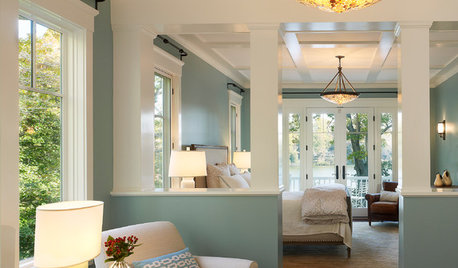
MOST POPULARThe 25 Most Popular Photos Added to Houzz in 2013
See the newly uploaded images of kitchens, bathrooms, bedrooms and more that Houzz users really fell for this year
Full Story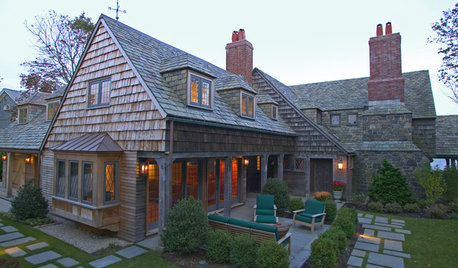
REMODELING GUIDESAdding On: 10 Ways to Expand Your House Out and Up
A new addition can connect you to the yard, raise the roof, bring in light or make a statement. Which style is for you?
Full Story








Kimmsr
canadianprairiegirlOriginal Author
Related Professionals
Fillmore Landscape Architects & Landscape Designers · Frisco Landscape Contractors · Canton Landscape Contractors · Chelmsford Landscape Contractors · Desert Hot Springs Landscape Contractors · Elkridge Landscape Contractors · Essex Landscape Contractors · Fort Mill Landscape Contractors · Alvin Decks, Patios & Outdoor Enclosures · Dayton Decks, Patios & Outdoor Enclosures · Lenoir Decks, Patios & Outdoor Enclosures · Meridian Decks, Patios & Outdoor Enclosures · Overland Park Decks, Patios & Outdoor Enclosures · Provo Decks, Patios & Outdoor Enclosures · Wildomar Decks, Patios & Outdoor Enclosuresgardengal48 (PNW Z8/9)
cowgirl2
DrHorticulture_
tapla (mid-Michigan, USDA z5b-6a)
brdldystlu
tapla (mid-Michigan, USDA z5b-6a)
Kimmsr
DrHorticulture_
tapla (mid-Michigan, USDA z5b-6a)
nygardener
brdldystlu
tapla (mid-Michigan, USDA z5b-6a)